What is Bone Grafting?
Bone grafting is a procedure that is over 100 years old. Today, it makes it possible for people to maintain their oral health in ways that were not possible years ago. In the past, tooth extractions, periodontal disease, and dental trauma compromised the oral health of patients and left dentists frustrated in their limited ability to help them.
Implants, 3D imaging, and high-tech surgical techniques and materials have changed this landscape, and dentists and patients are both reaping remarkable benefits. Never has it been possible to replace a missing tooth with a restoration that so closely mimics a natural tooth and root before. Advances in bone grafting materials and techniques make successful implants an expectation of our patients today.
The success of bone grafts is exceptionally high, and the procedure is becoming more common in dentistry. Its increasing prevalence makes it essential to learn about dental bone grafting, who needs the procedure, the diverse types of materials used, recovery from treatment, and factors affecting the cost.
RELATED: HOW TO BRUSH YOUR TEETH PROPERLY
What is Dental Bone Grafting?
Bone grafting is a dental procedure that uses transplanted bone to repair any damaged or decaying jawbone that anchors your teeth. When there is a low amount of bone present, the existing surrounding bone can form new bone tissue when ample space and a favorable environment exsts. The bone graft material acts as a scaffold for the new bone to form. As the new bone forms, it replaces the resorbable graft material.
There are multiple options for grafting based on the material used. These include:
- Autogenous bone grafts (autograft): We source the graft material from your own jaw or chin bone. In certain instances, the leg, hip, or skull might serve as the donor site. The advantage of this type of graft is that it uses live bone containing the cells needed to promote new bone growth.
- Allogenic bone grafts: Also known as allografts, these use dead bone harvested from a cadaver. This bone is freeze-dried, and because it lacks the living cells to cause new bone to grow, it serves only as a framework for the surrounding bone to grow over.
- Xerographic bone grafts: Another animal species such as a cow serves as the tissue donor. After the graft material is processed, it functions like an allogenic bone graft by being a scaffold over which new bone can form from the surrounding healthy bone.
- Ceramic-based bone graft: These are synthetic products, including a variety of compounds such as calcium sulfate and hydroxyapatite.
RELATED: TEETH WHITENING IN LOS ANGELES
Why You Might Need a Bone Graft Implant
Dental bone grafts are needed if you have a missing or damaged bone in your jaw. The increased success rate and the number of people asking for dental implants have led to a rise in the need for grafts.
Dental Implants: With dental implants, the bone present must be strong enough to withstand the chewing forces placed on an implant and crown. One-fourth of the jawbone’s width in that area is lost within the first year after a tooth extraction due to a large cavity. If we don’t treat this area soon after removing the tooth, not enough bone remains to support an implant. In this case, you’ll need a bone graft to promote new bone growth.
Disease: Periodontal disease also results in the loss of bone in the jaw. As the bone disintegrates, the teeth loosen and may require extraction. Any type of dental procedure to restore this area requires supporting bone and may require a bone graft. We can also place bone grafts to strengthen and replace the diseased bone so that we don’t need to extract any teeth.
Trauma: Trauma from clenching and grinding is another cause of bone loss around teeth. An accidental trauma that knocks a tooth out may also require a graft in order to replace a missing tooth.
Dentures: People who have worn removable dentures for years typically experience loss of the bone that supports the denture. A denture gets more support and a better fit when a graft augments the remaining bone’s resorbed ridge.
RELATED: LOS ANGELES DENTAL: WHAT TO EXPECT DURING THE PANDEMIC
How Long Does It Take?
The procedure’s time will depend on variables, including the reason for the graft, the location in the mouth, the type of graft to be placed, and anesthesia requirements. The time typically ranges from 1-2 hours, but Dr. Lasry is going to discuss this with you before treatment.
Here are the steps, including preparation and recovery, that Lasry Dental Clinic includes in your treatment (ask Dr. Lasry about your specific treatment steps before your appointment):
- Review of your medical history: This ensures that you don’t have any medical conditions or drug allergies that could interfere with the treatment.
- Comprehensive dental exam: This includes X-rays and CT scans of your jaws.
- Dental treatment plan: Your dental bone graft will be part of an overall treatment plan and not a remote procedure.
- Numbing: This is a crucial step, and some people need a little longer than others for the anesthetic to take effect. If we plan sedation, you will need to be sure to follow our eating and drinking instructions before your appointment.
- Tooth extraction: This will be necessary if we can’t save your tooth and we need to place a bone graft in the extraction socket.
- Bone sourcing: This when we take the graft material from your jaw.
- Graft placement: If we extract a tooth, Dr. Lasry will clean the extraction site. If we don’t need to remove a tooth, we’ll make an incision in the gum. The bone graft material is then attached to the exposed bone.
- Suture: The site receiving the graft is closed with stitches.
- Recovery: You may have discomfort following the procedure. It should not be extreme and is usually easily manageable with ice and pain medications. You will receive instructions on eating while you recover. It is essential to follow these and all other instructions to avoid complications during recovery.
The recovery period can take 4-6 months but this depends on various aspects of your surgery.
RELATED: INVISALIGN IN LOS ANGELES: DO YOU REALLY NEED IT?
Bone Grafting Cost
The cost can vary between $200-$1500 for most graft procedures.
When evaluating your procedure’s cost, you will need to understand what is and isn’t included. The cost can vary widely depending on:
- CT scans or X-rays taken before treatment
- Sedation for the surgery
- The implant and its placement
- The final crown or restoration placed on the implant
Prices can increase significantly if the required treatment is more involved and/or requires treatment in a hospital.

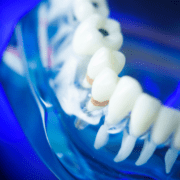
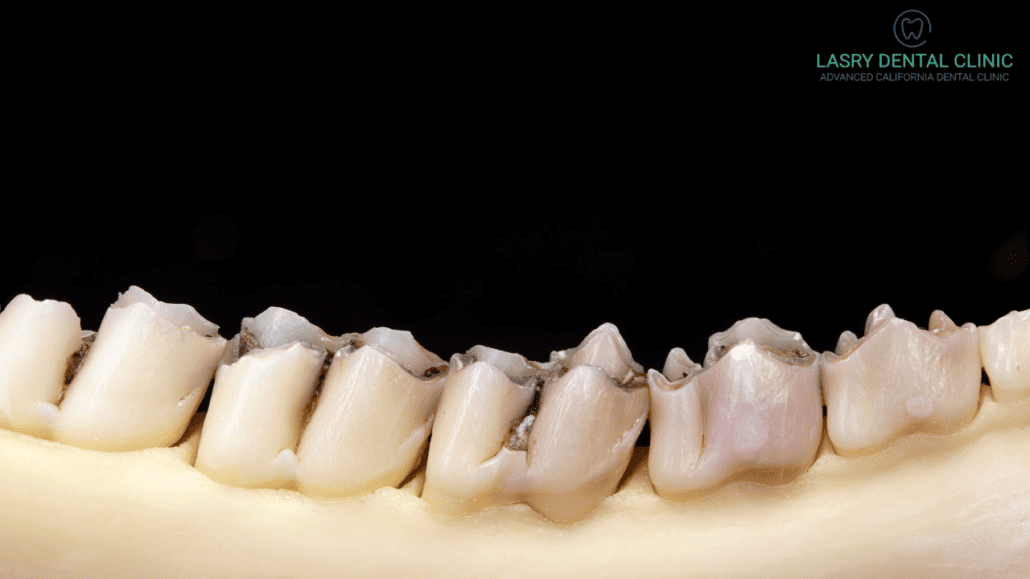
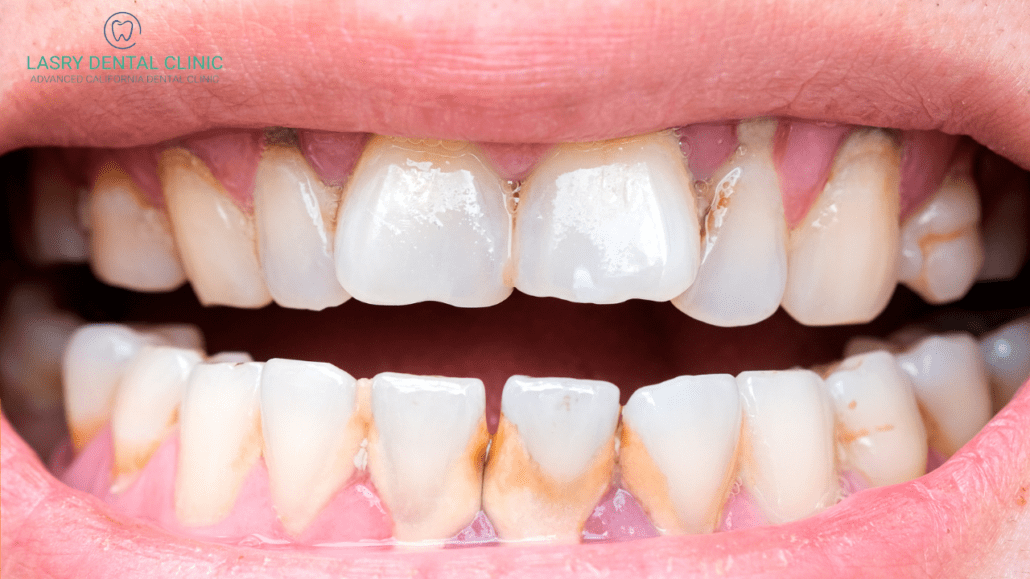
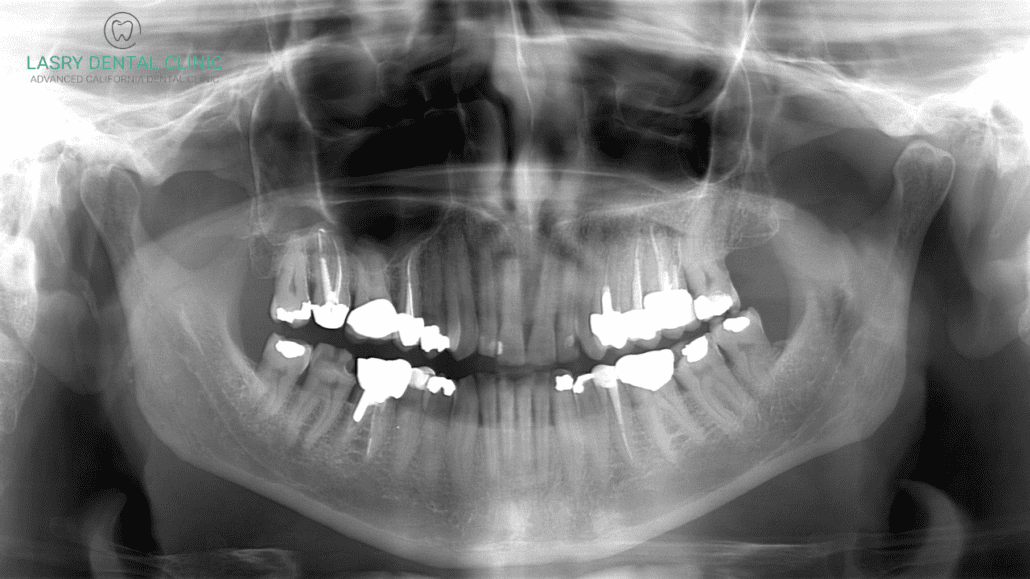
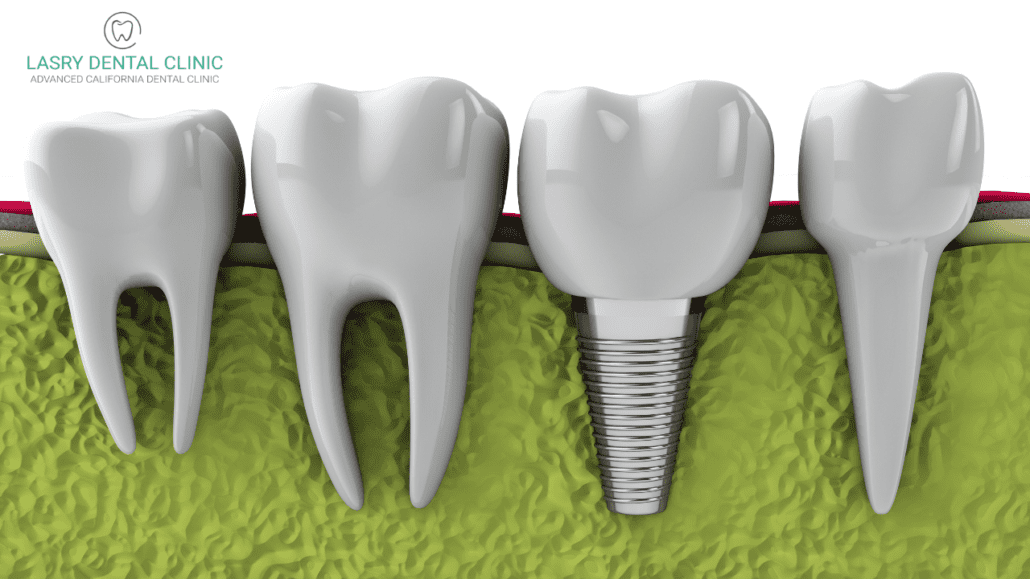


Leave a Reply
Want to join the discussion?Feel free to contribute!